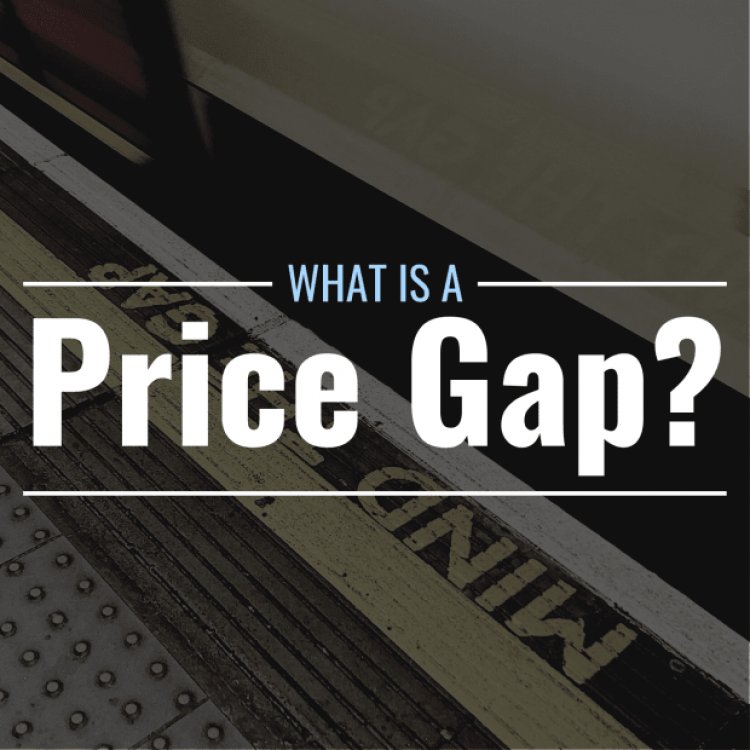What Is a Price Gap in Stock Trading? Definition, Types & Causes
In some cases, stocks open at the same price they closed at during the previous day’s trading session. In other cases, a stock’s opening price can differ from the previous day’s closing price. In some cases, this difference can be accounted for by extended-hours trading, but in other cases, ...


In some cases, stocks open at the same price they closed at during the previous day’s trading session. In other cases, a stock’s opening price can differ from the previous day’s closing price. In some cases, this difference can be accounted for by extended-hours trading, but in other cases, something else is at play.
What Is a Price Gap in a Stock?
A price gap occurs when a stock opens at a significantly different price than it closed at the day before despite not being traded much between sessions. A price gap can occur in an upward direction, with the stock in question opening at a price significantly higher than its previous close (this is called an up gap), or in a downward direction, with the stock in question opening significantly lower than its previous close (this is called a down gap).
In many cases, price gaps are accompanied by higher-than-usual trading volume during the sessions immediately preceding and following the gap.
What Causes Price Gaps?
Price gaps are usually caused by a shift in market sentiment toward a stock as a result of pertinent news being released between market sessions. In many cases, the release of a quarterly earnings report after-hours or pre-market is the culprit.
What Does It Mean When a Gap Is Closed or Filled?
In many cases, the price of stock retraces into and/or through a price gap shortly after that gap occurs. In some cases, this occurs during the trading session immediately following the gap, while in other cases, the gap-filling process can take days or weeks.
In some cases, gaps are not filled. When an up gap is not filled, the top of the gap often becomes an important support level for the stock in question. Similarly, when a down gap is not filled, the bottom of the gap often becomes an important resistance level.
What Are the 4 Types of Price Gaps?
Price gaps typically fall into one of four categories depending on their characteristics and what happens after they occur.
Common Gaps
Common gaps are—as their namesake implies—relatively common. They tend to occur within established trading ranges and are not usually significant. As far as gaps go, common gaps are the least useful type in terms of trading opportunity, and they tend to indicate a lack of interest in the stock.
Breakaway Gaps
When a price gap “jumps over” an established support or resistance level, it is called a breakaway gap. This is similar to a normal breakout with the difference being that the breakout occurs during extended hours in the form of a gap.
Runaway Gaps
Runaway gaps occur during an uptrend or a downtrend and represent the action of traders who were late to act on that trend. In other words, they occur during a trend between the two main trading sessions in which that trend is occurring.
Exhaustion Gaps
Exhaustion gaps are those that occur at the end of a longer-term uptrend or downtrend. They are easily identifiable in hindsight, as they precede a reversal. For this reason, exhaustion gaps are usually filled very quickly after they occur due to the reversal.
How Do Traders Take Advantage of Price Gaps?
Many traders attempt to take advantage of price gaps by attempting to identify what sort of gap is occurring before the subsequent action takes place. For instance, since common gaps and exhaustion gaps are typically filled, traders who believe they have identified one may bet on the stock in question heading in the opposite direction in the short term.
If a trader believes they have identified a breakaway or runaway gap, on the other hand, they might make moves in the direction of the gap in an attempt to capitalize on its trend.
What's Your Reaction?


























































